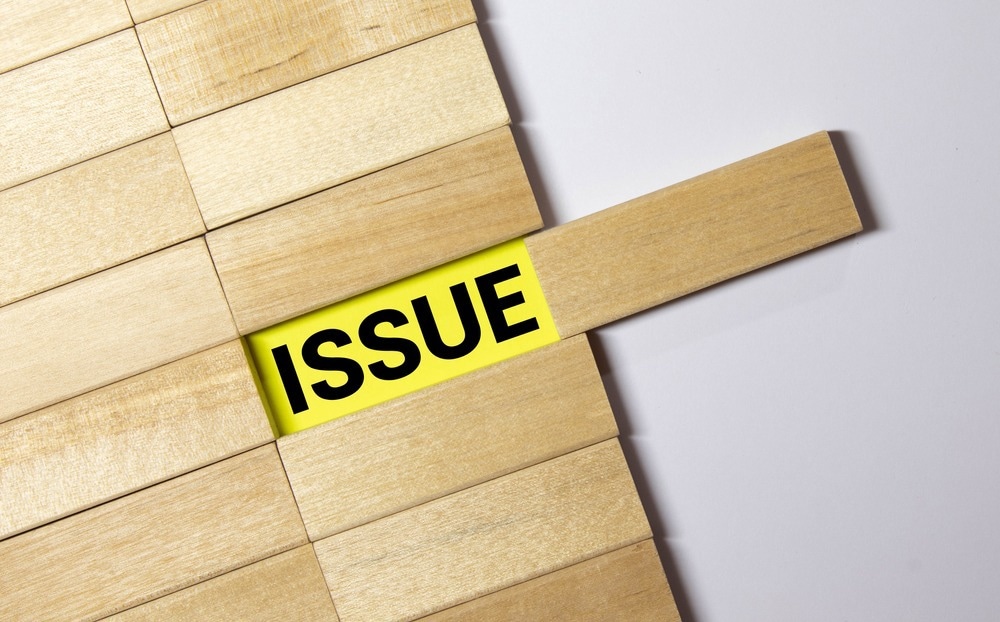Elemental analysis is a technique used to analyze the atomic elements present in a sample by recording their emission spectra. It is both a qualitative and quantitative technique. Some academic journals require techniques such as elemental analysis to be performed on any new compounds being presented in papers submitted there.1 The elemental analysis is considered one method of evaluating the purity of a compound.

Image Credit: Zolak/Shutterstock.com
Elemental analysis works by heating a compound to sufficiently high temperatures that it combusts. Once the sample is gaseous, the gas can be passed into an analyzer, where the emission spectra of the different elements are recorded. With the right calibration, the energy of the emission can be used to identify the elements present and the intensity of the emission can be used to quantify the amount.
CHN(O)S are some commonly analyzed elements in elemental analysis. The method is compatible with a variety of sample types, including soils, bodily fluids and powder samples, making it a highly versatile technique without the excessive sample preparation demands that many other analytical methods require.
Elemental analysis is typically used to evaluate the purity rather than to recover more complex information on the types of molecules or bonding present in the samples. However, elemental analysis is not without its problems or measurement challenges.2
There are ISO standards that govern the performance of elemental analysis methods with recommended procedures. However, many researchers have concerns about the quality and how meaningful much of the published elemental analyses are. It is a challenging technique to critically analyze in the peer review process, and there is clear evidence in the literature that many elemental analyses do not meet the expected ±0.4 % agreement with literature values.3,4
Challenges
One of the open questions in elemental analysis is where the problems with the poor agreement between experimentally measured purities and theoretical purities come from and, therefore, whether the technique should indeed be considered a prerequisite for publishing in many journals at all.
With a large amount of elemental analysis procedures now being outsourced to external companies, some researchers have concerns about the quality of measurements performed by external companies rather than researchers trained in their own laboratories with locally maintained instrumentation.3
ISO accreditation and certification should address such issues, but many researchers are wary of services that will not provide raw data for their measurement values, only pass-or-fail information.
Cost and efficiency savings, particularly in universities, have driven much of this trend for outsourcing. Still, some researchers are concerned this may be harmful for researchers’ training and such services are not really providing well-calibrated and good quality measurements.3
One researcher stated that ‘I have sent the exact same batch of compound to the same company, and I’ve got different results. It’s the least scientific thing ever’, showing the origins of many of the scientific community’s concerns.5
Revaluation?
The concerns about the quality of commercial elemental analysis seem justified when a recent international investigation into the quality of elemental analysis measurements showed that > 15 % of carbon test compounds sent to external companies did not return values within the 0.4 % benchmark, in contradiction to results from a recently calibrated university instrument.4
A large part of the rising objections to elemental analysis concerns its consideration as the ‘standard’ for sample purity and many journals refusing to allow the publication of papers without elemental analysis data within the 0.4 % benchmark. One question is whether the benchmark is too stringent or whether such tests should be required at all.
Other analytical methods like nuclear magnetic resonant (NMR) spectroscopy can provide purity information but also provide spectral information on the composition of the sample. Having full spectral information, rather than just an overall purity number, makes it possible to identify possible contaminants and makes it more difficult to obscure potential issues with sample purity.
While elemental analysis is a more rigorous test of purity than relatively insensitive NMR approaches and elemental analysis works well on very small sample volumes.4 Although the instrumentation is not necessarily straightforward to maintain, elemental analysis is a fairly easy measurement to perform and quick to obtain results from.
Some scientists are concerned that poor practice from a few elemental analysis providers is being used to dismiss a technique that does work well and is not a well-justified scientific reason for removing the requirements for elemental analysis information for publication.4 Others feel that the availability of other, more information-rich analytical methods means that journals should be more flexible about requiring elemental analysis data or should reconsider the current 0.4 % requirement.
Regulatory change for external elemental analysis companies and changing certification processes could potentially help improve and eliminate inconsistencies between companies and even within the same service and different technicians. More stringent requirements to provide raw data – something most academic researchers are now subject to – could also help develop an understanding or where and why these analysis problems are arising from.
References and Further Reading
ACS (2023) Author Guidelines. Available at: https://publish.acs.org/publish/author_guidelines,
Kandioller, W., Theiner, J., Keppler, K., & Kowol, C. R. (2022). Elemental analysis : an important purity control but prone to manipulations. Inorganic Chemistry Frontiers, 9, pp. 412–416. https://doi.org/10.1039/d1qi01379c
Proctor, S., Lovera, S., Tomich, A., & Lavallo, V. (2022). Searching for the Truth: Elemental Analysis − A Powerful but Often Poorly Executed Technique. ACS Central Science, 8, pp. 874–876. https://doi.org/10.1021/acscentsci.2c00761
Kuveke, R. E. H., Barwise, L., Ingen, Y. Van, Vashisth, K., Roberts, N. J., Chitnis, S. S., Dutton, J. L., Martin, C. D., & Melen, R. L. (2022). An International Study Evaluating Elemental Analysis. ACS Central Science, 8, pp. 855–863. https://doi.org/10.1021/acscentsci.2c00325
Katsnelson, A. (2022). Chemists Debate the Value of Elemental Analysis. ACS Central Science, 8, pp. 1569–1572. https://doi.org/10.1021/acscentsci.2c01438
Disclaimer: The views expressed here are those of the author expressed in their private capacity and do not necessarily represent the views of AZoM.com Limited T/A AZoNetwork the owner and operator of this website. This disclaimer forms part of the Terms and conditions of use of this website.